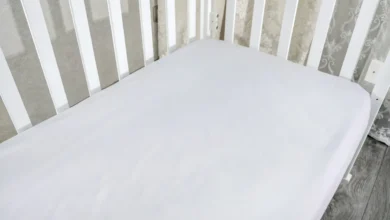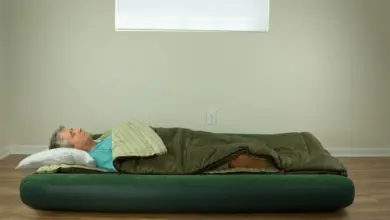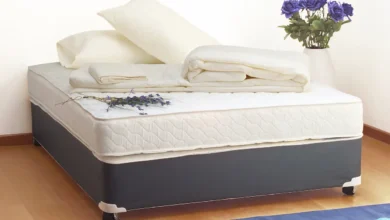How to Compress a Mattress at Home?
How to Compress a Mattress at Home: Two Easy Ways
When you need to move your mattress, store it, or return it to the manufacturer, compressing it to a more manageable size can help.
Air makes up 60-70% of the volume of a mattress. The mattress size will be reduced significantly if we eliminate the air. Online mattress brands that ship mattresses in boxes usually use large hydraulic machines for this purpose. We can compress mattresses using the same principles at home.
Here are the two best ways to compress your mattress at home. You can see that the first method is more effective, but you will need to buy a mattress-sealing bag. The second technique, however, uses household items and does not result in the same compression.
Not all mattresses can compress.
- Mattresses that came in boxes like those from (Koala) Ecosa Emma Casper, etc. It can be compressed.
- Compressing most memory foam, pocket coil, latex and hybrid mattresses is safe.
- Innerspring mattresses should not be compressed or folded as the springs could pop out.
- It is worth checking with the manufacturer if you are planning to compress a mattress that costs a lot of money. This could void your warranty.
Technique 1: Mattress seal bag & Vacuum cleaner.
Best mattress for Memory foam, latex, hybrid or pocket spring mattresses.
A vacuum bag or mattress seal makes compressing mattresses a breeze. This is a heavy-duty plastic bag that has a one-way valve. You can find mattress seal bags online or in many hardware stores. These are some links that I found on Amazon: US UK and Australia.
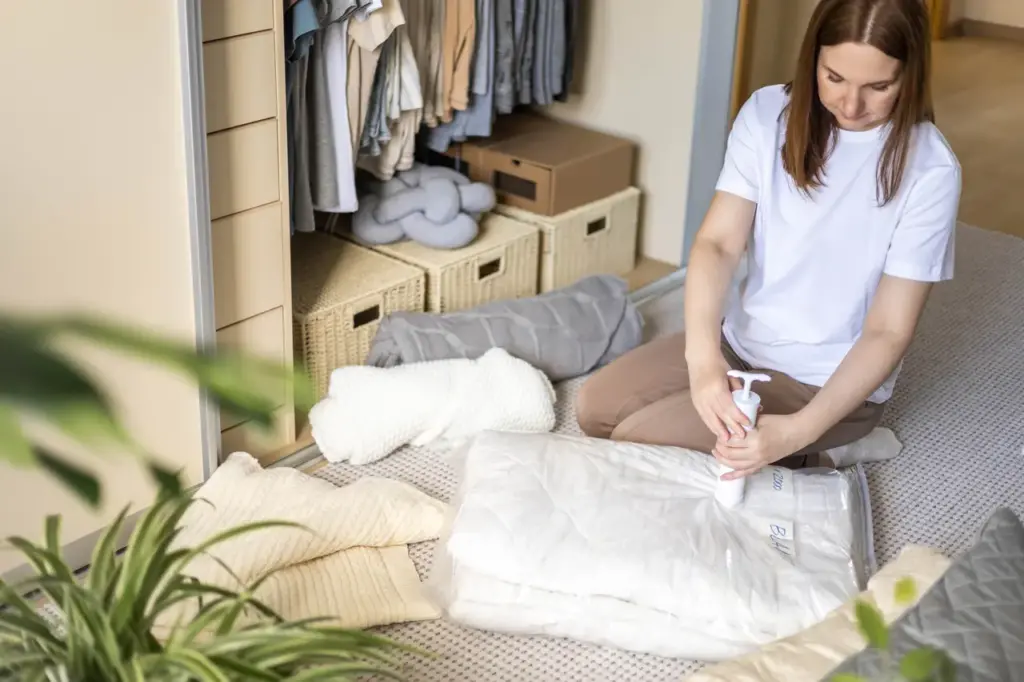
When purchasing a mattress seal bag, there are two things you should consider:
- Buy a bag that is slightly larger than the mattress size.
- Check the thickness of the bag. The thicker the bag is, the better the seal and the prevention of punctures.
It can be overwhelming to try and do everything on your own.
- Remove all bedding (sheets, mattress protector and other).
- [Optional] Use the vacuum cleaner to remove any dirt, pet hair or debris from crevices on the sides and bottom of your mattress. The dirt on the mattress can cause mildew or mould if it is sealed.
- The zip-lock side should be on top. This can be done by placing the bed on the floor. However, I find that it is easier to place it against the wall.
- Place the mattress with the valve on top, flattening it out.
- Zip the zipper so that it does not wrinkle. It is important to seal the ziplock tightly, otherwise your mattress won’t compress.
- Connect the vacuum cleaner hose and switch on the vacuum. The process can take anywhere from 5 to 15 minutes, depending on the power of your vacuum cleaner. Take a break if you need to. Your vacuum cleaner might get hot.
- Walk on the mattress and help the vacuum compress the mattress. If necessary, you can use weight plates or other heavy objects.
- Close the valve once you are satisfied with the compression.
- The mattress should be rolled as tightly as you can.
- Use the straps, duct tape or rope to secure your roll.
Please note: Do NOT drag the mattress roll along the ground. It can cause punctures. Lift it from the ends, and place it wherever you need it.
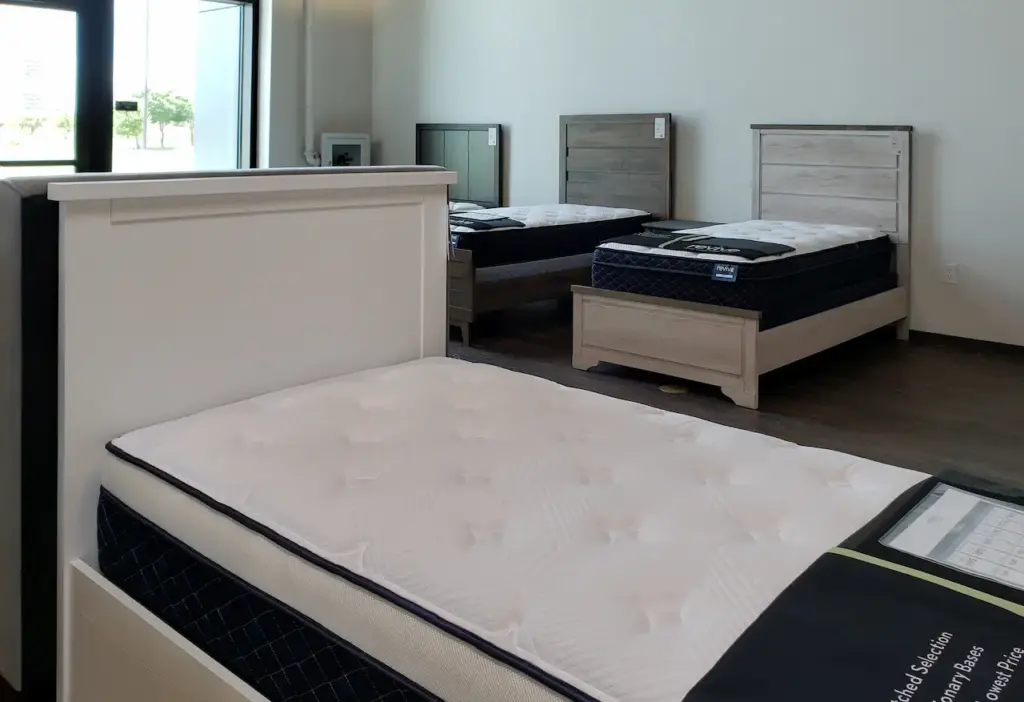
Technique 2: Fold and secure with a rope or ratchet strap.
Which mattress is best for you? Latex, memory foam or hybrid mattresses
This technique does not involve compressing the mattress, but rather folding it in half or threes before rolling it up. This is the most popular way to compress mattresses when moving houses. It’s also fairly simple. This technique has the disadvantage of only reducing the volume of your mattress by about half or two-thirds, as opposed to flat compressing.
This one will require a few extra hands.
- Remove the entire bedding from the mattress.
- (Optional, but recommended) The mattress will become dirty the moment it leaves your home, whether you are moving it across the country or down the street. It makes sense to cover your mattress with a moving blanket, bed sheet, or mattress storage bag. The mattress will be protected during transport, and the bag can be reused later.
- Use two ropes, or ratchet straps, to secure the mattress. When using a rope I recommend a taut line hitch knot, which allows you to easily adjust the tension. The rope should not be too tight or loose.
- It is easy to move the mattress with the rope or straps.
Note: This method may not be suitable if you intend to fold the mattress for a long time. The creases could cause permanent indentations. This method may not work with innerspring mattresses, or mattresses that are thicker than 12 inches.

Wrapping up
Hybrid and pocket coil mattresses are the easiest to roll or compress, followed by memory foam and latex. Innerspring mattresses should not be compressed or rolled, as they can damage the inner core springs. They should instead be placed flat or sideways while moving.
The two most popular ways to compress and roll a mattress at home were these. Please let us know if you know or use any other method.
